All beginnings are hard, or in our case dirty. The bus is basically in good condition, but it was used as a delivery van, and this is clearly visible. So, before we get to the actual camper construction, we first have to disassemble everything unnecessary and clean out the bus properly.
Disassembly
The very first thing we do is remove the sidewall paneling. The cladding made of thin plywood panels is quickly dismantled. More problems are caused by the plastic screw anchors. These are only meant for one-time installation and break very quickly when you try to pull them out. Not too bad, we do not need them anymore, but it is still tedious to pull them out.
After that, it’s time for the base plate. Mimi is a bit afraid of this task, we don’t know what will be revealed from underneath. In the worst case, the floor is rusted. Besides, there are craftsmen who glue the wooden plate to the body in addition to the screws.
But we are lucky, neither do we have to loosen the plate laboriously piece by piece from the floor, nor do larger rust nests come to light. Loosen the screws and then simply, with a little muscle power, lift out the wooden plate. Nice when something works as planned.
Cleaning
A really thick layer of dirt has come out from under the floor plate. Before further development, the bus must be scrubbed properly. Soon it turns out that it is not just stuck dirt, but road silt. The very fine, sticky dirt is difficult to remove and so we need several passes until the yellow color of the car body on the floor of the loading area is visible again.
When cleaning, always make sure that you don’t make any scratches in the sheet metal or tear out any rust that is already there.
Rust protection
Although we are lucky and no large rust nests have appeared under the floor panel, there are still one or two small rust spots. We meticulously mark the spots with rust or scratches on the sidewalls and floor, sand off the rust layer, and apply rust preventative to all the scratches and now sanded and rust-free surfaces. We have chosen the product Hammerite, because it was recommended in various blog posts, and we can actually also report nothing negative so far. That it’s easy to see where we already applied the rust inhibitor, we have chosen the color white, because this contrasts well with the yellow of the car body. After a first coat, where we have treated all critical areas, we overpaint the whole floor and the wheel arches.
Sure, for some this seems a bit excessive, but rust is a nagging issue. Once it starts to rust, you usually notice it much too late, and we really do not want to invest a lot of work, time, and money in the camper construction to then lose the car because of rust.
In the end, our bus had a cute giraffe look with the white spots on the yellow sidewalls. And now finally it’s ready for the actual camper conversion.










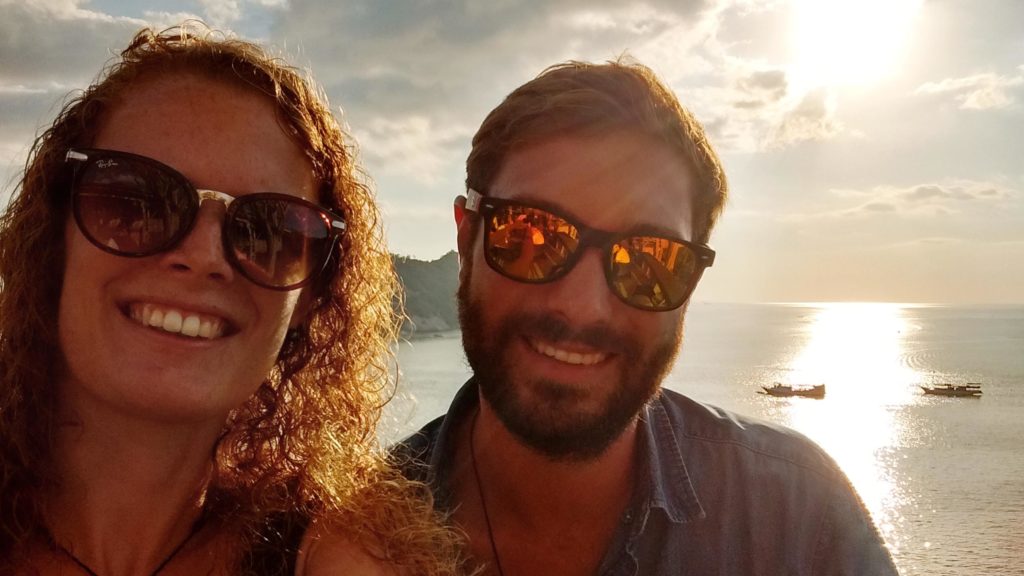


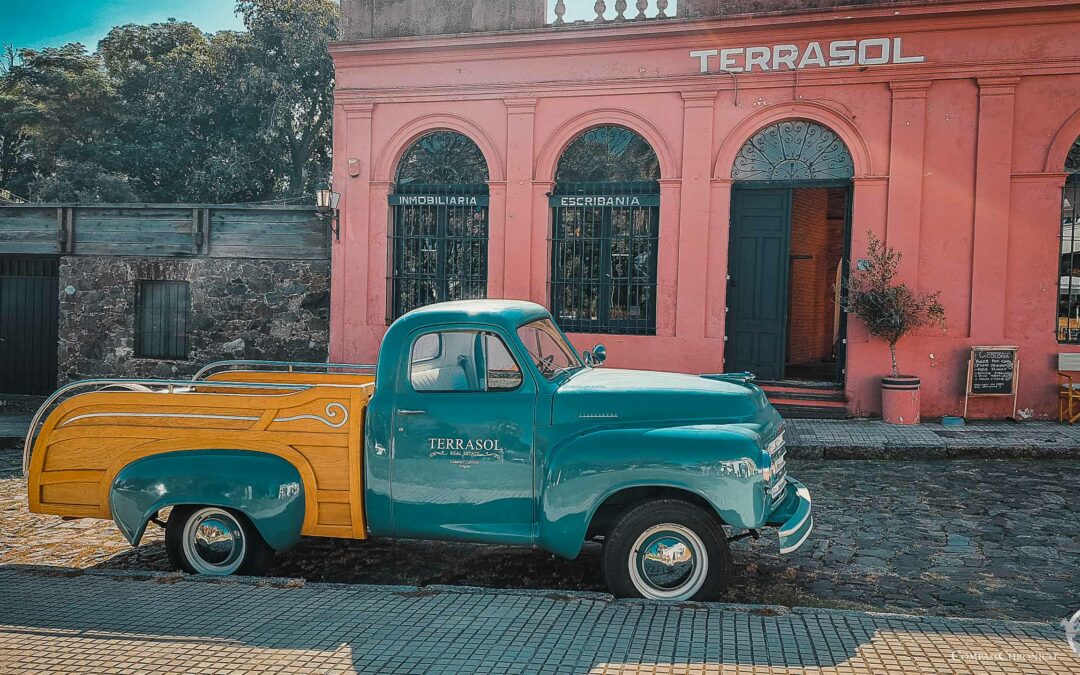
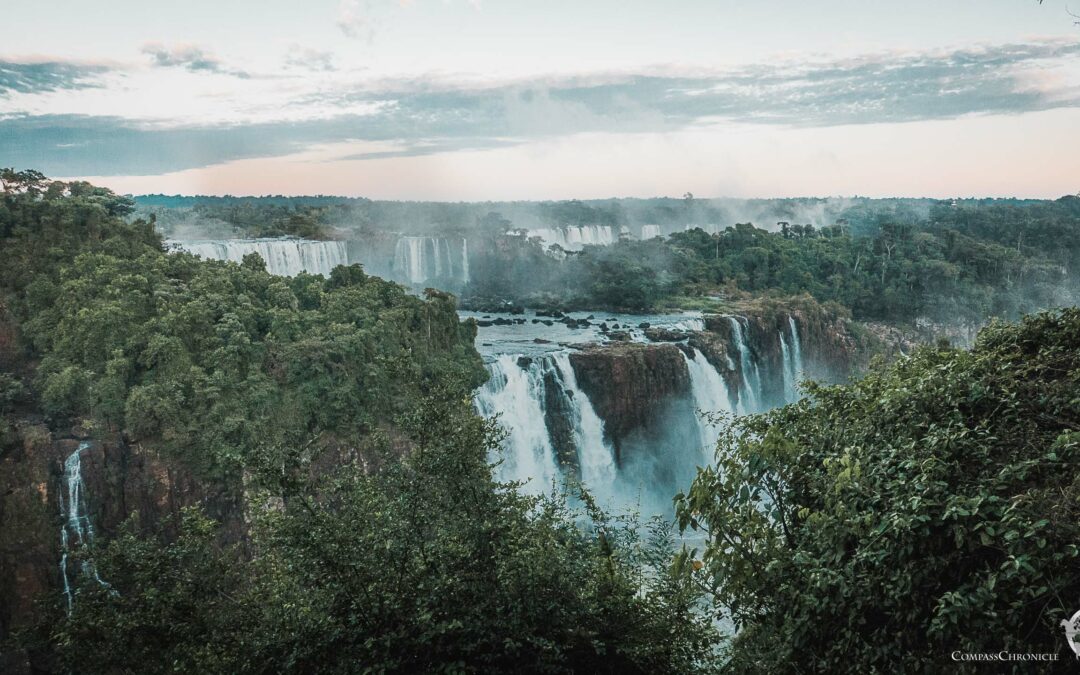
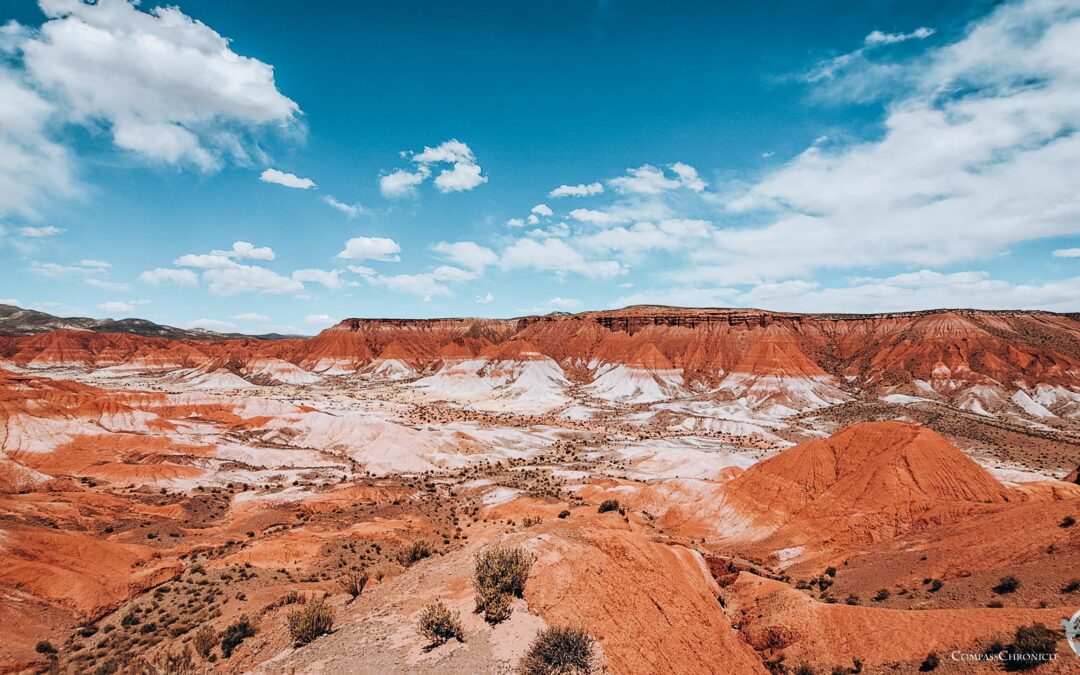
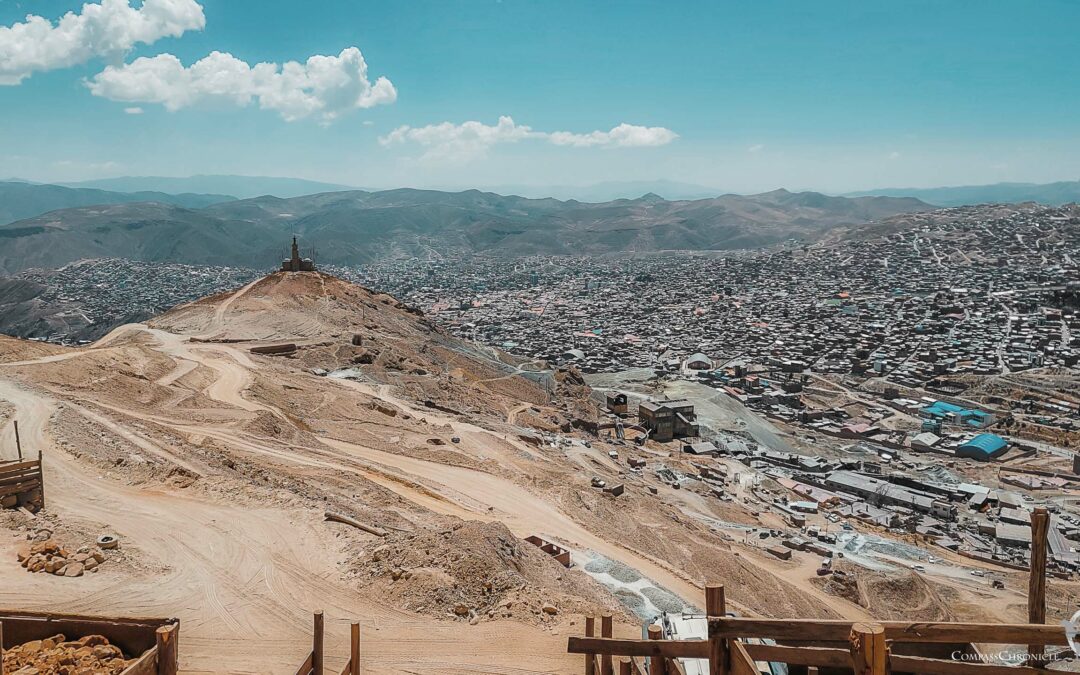

0 Comments